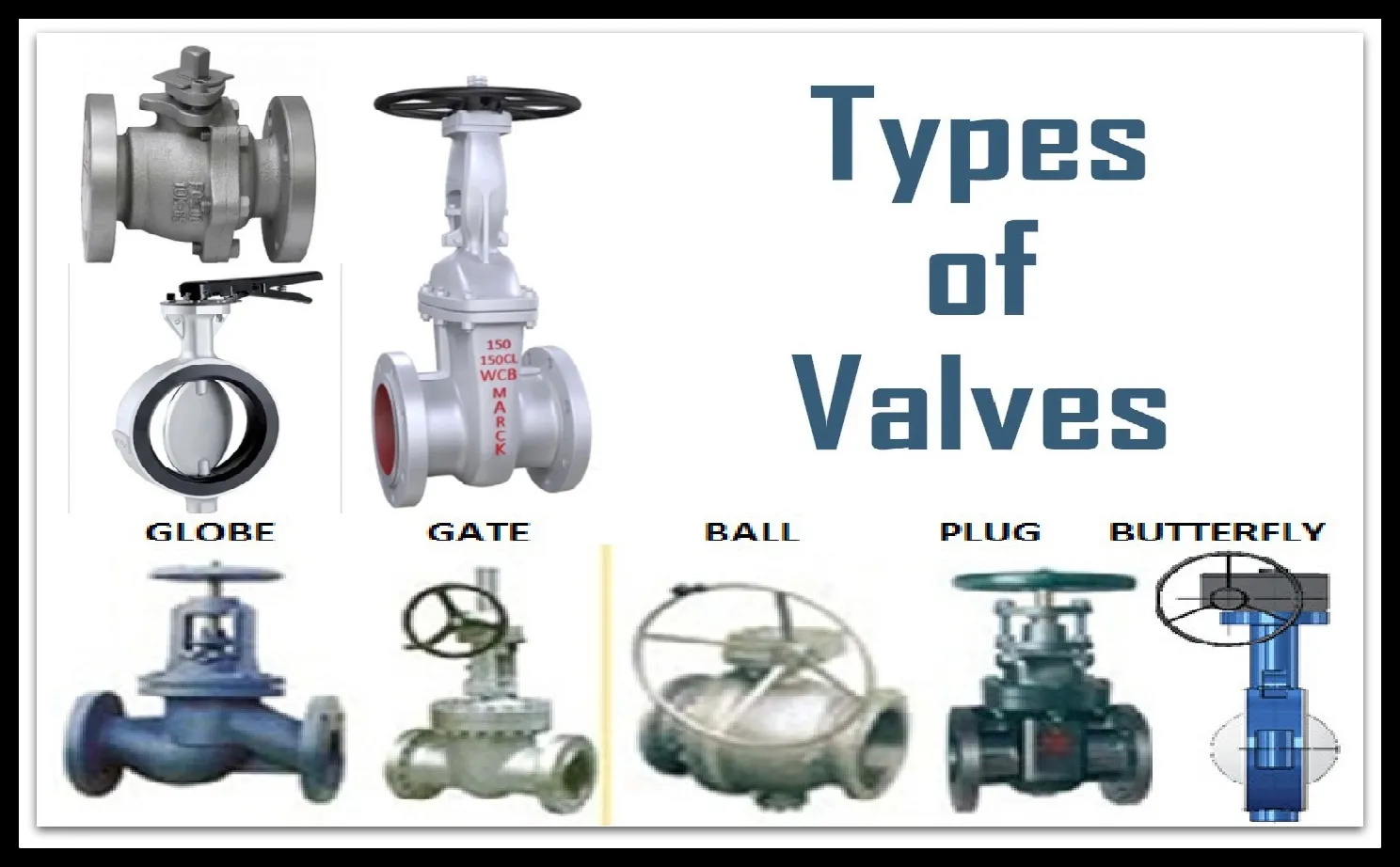If you’re like most people, you probably don’t know much about plumbing valves. And that’s perfectly understandable. After all, unless you’re a plumber or a plumbing engineer, there’s really no need to know about them. But even if you don’t know much about plumbing valves, there’s still a good chance that you have at least one in your home – and maybe more than one.
What is a plumbing valve?
In its simplest form, a valve is a device that controls the flow of fluids (including water, gas, steam, and other liquids) through pipes. Valves are used to regulate the pressure and flow of fluids in both residential and commercial applications.
There are many different plumbing valve types, each with its own specific purpose.
Ball valve
The most common type of valve used in residential applications is the ball valve. Ball valves are named for their spherical shape and operate by turning a knob or lever to open or close the flow of water through the valve. Ball valves are simple to operate and very reliable, making them an ideal choice for use in homes.
Gate valve
Another common type of valve used in residential applications is the gate valve. Gate valves get their name from their gate-like mechanism that opens and closes to control the flow of water through the valve. Gate valves are often used to shut off the water supply to a home or business in an emergency situation.
While ball valves and gate valves are the most common types of valves used in residential applications, there are many other types of valves that are used for specific purposes. For example, check valves are designed to prevent backflow into a system by allowing fluid to flow only in one direction; relief valves relieve excess pressure from a system, and solenoid valves are electrically-operated valves that can be turned on or off with the flip of a switch.
Basic parts of every valve
No matter what type of valve it is, every valve has two basic parts: an opening (or “port”) through which fluid can enter or exit, and a mechanism (usually some kind of handle or lever) for opening or closing the port. The port is usually located at one end of the valve body; however, some designs place the port in the middle of the body (such as butterfly valves). The size of the port will vary depending on the size and type of Valve being used; however, all ports must be properly sized for whatever application they will be used in order ensure proper function.
If you have ever wondered what those strange devices are called that control the water flowing through your pipes, now you know! Plumbing valves play an important role in both residential and commercial applications by regulating pressure and flow rate throughout systems – so next time you see one, give it a little respect!




